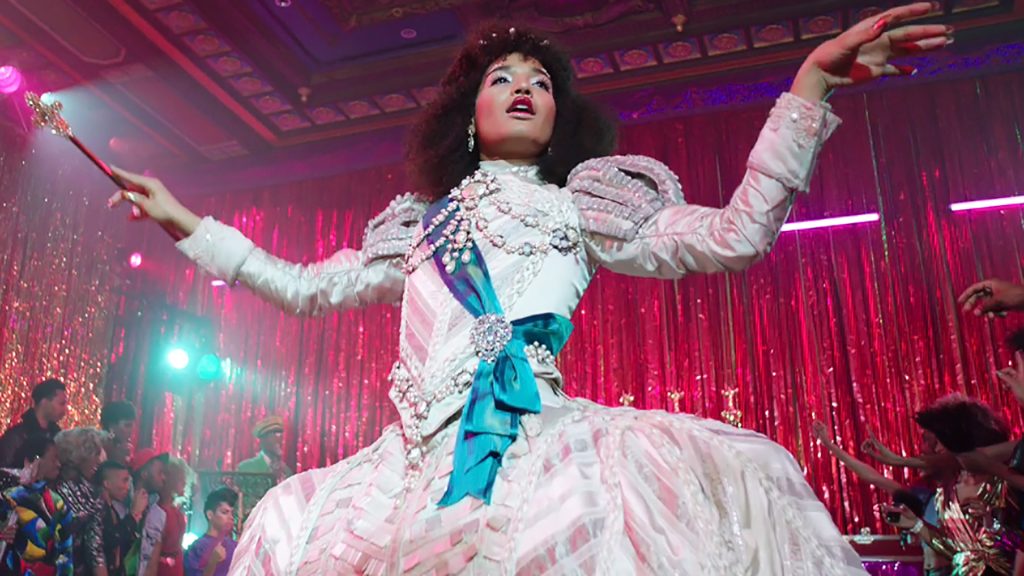
After more than 35 years of operation, TBI is closing its doors and our website will no longer be updated daily. Thank you for all of your support.
LGBTQ inclusion on US broadcast networks at ‘record-high’, says GLAAD
Lesbian, gay, bisexual, transgender and queer (LGBTQ) character inclusion on US broadcast network scripted shows has hit a record high, according to the annual report from LGBTQ media advocacy organisation GLAAD.
The Where We Are on TV report analysed the overall diversity of primetime scripted series regulars on US broadcast networks and also assessed the number of LGBTQ characters on cable networks and original scripted series on Amazon, Hulu, and Netflix for the 2019-2020 TV season.
Last year, GLAAD called on the TV industry to reach 10% LGBTQ inclusion among broadcast series regular characters on primetime scripted shows by 2020. The report, now into its 24th year, found that networks had met and exceeded this call, with LGBTQ series regulars on broadcast TV standing at 10.2%, a record-high percentage.
This is up from last year’s 8.8% and the highest since GLAAD expanded the review to count all broadcast series regulars 15 years ago, the organisation said.
Also, for the first time in the report’s history, LGBTQ regular and recurring women on broadcast outnumber LGBTQ men. Of the LGBTQ regular and recurring characters on broadcast, 53% are women, and 47% are men, the report said.
Racial diversity of LGBTQ characters on broadcast and cable had also increased significantly, while streaming saw a decrease. Of the 120 LGBTQ regular and recurring characters on broadcast, 62 (52%) are people of color, marking a 2% increase from last year and six more characters.
Of the 215 LGBTQ characters counted on cable, 48% (103 characters) are people of color, marking an increase of 2% from last year. Of the 153 LGBTQ characters on streaming series, 41% (63) are people of color, a decrease of 7% from last year.
Elsewhere, the report said the total number of transgender characters increased to 38 from 26 across broadcast, cable and streaming series, while bisexual+ characters posted a slight increase in characters but a 1% drop overall. GLAAD said there are nine characters with HIV/AIDS, an increase from the seven characters counted last year.
“Last year, GLAAD called on the television industry to increase the number of LGBTQ characters and more accurately reflect the world we live in, and they responded by exceeding this challenge,” said Sarah Kate Ellis, president & CEO of GLAAD.
“At a time when the cultural climate is growing increasingly divisive, increased representation of LGBTQ stories and characters on television is especially critical to advance LGBTQ acceptance. Shows like Pose, Schitt’s Creek, Batwoman, and Billions demonstrate that not only are LGBTQ stories and characters on TV becoming more diverse, but that viewers everywhere continue to respond with extreme positivity.”
Ellis also called on the industry to ensure that 20% of series regular characters on primetime scripted broadcast series are LGBTQ by 2025, as well as challenging all platforms to make sure that within the next two years, half of LGBTQ characters on every platform are people of color.
Megan Townsend, director of entertainment research & analysis at GLAAD, added that despite the figures, further improvements are still required.
“On cable TV, just three networks account for 44% of all LGBTQ representation on primetime scripted series. Similarly, programming from four dedicated producers and creators who prioritize inclusion, Greg Berlanti, Lena Waithe, Ryan Murphy, and Shonda Rhimes, accounts for 14% of total LGBTQ characters across broadcast, cable, and streaming originals. We hope to see all networks follow their lead, and work towards reflecting the reality of their audience and the culture.”
The full report can be read here.




